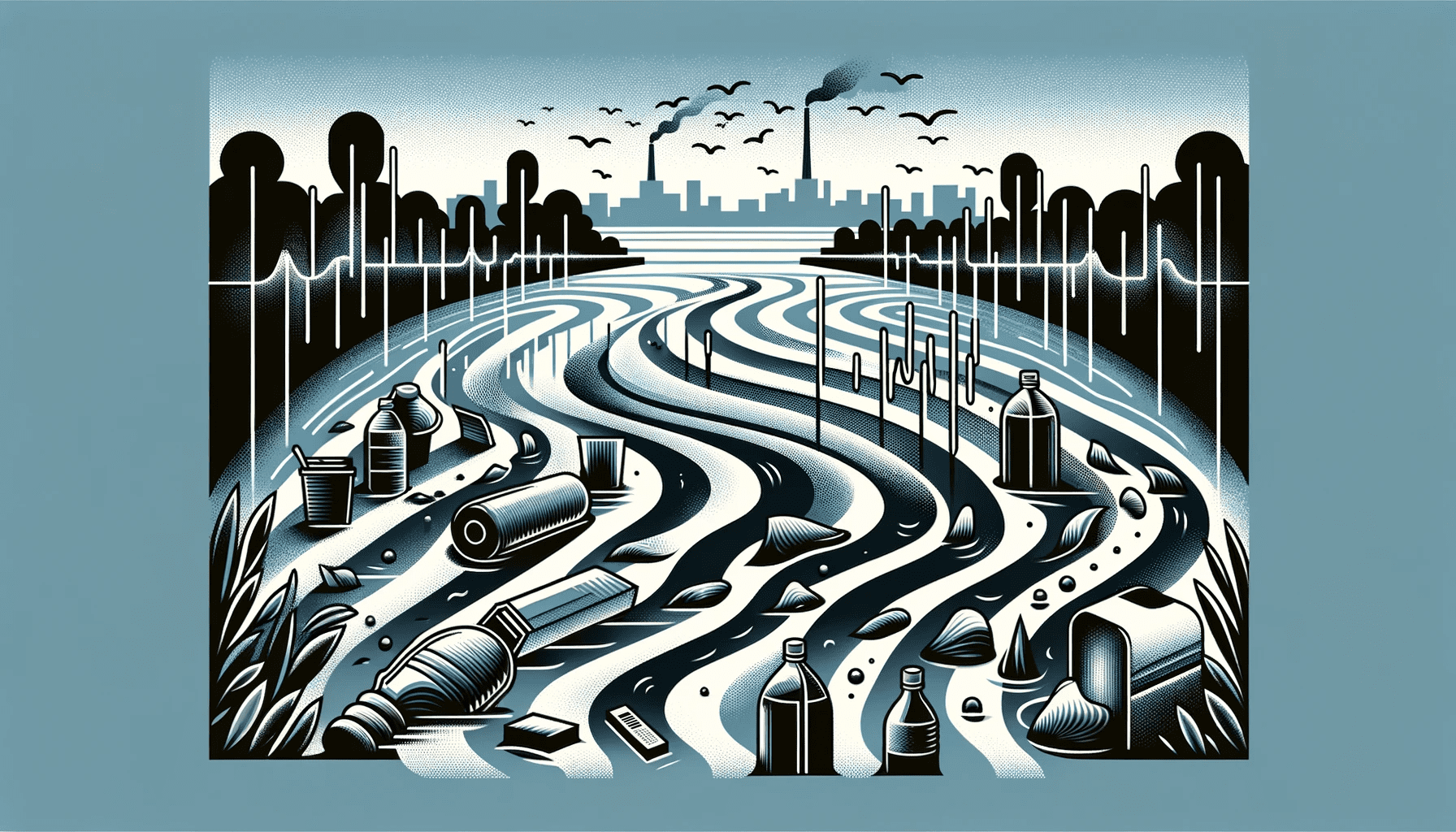A new method to monitor plastic concentration from the echo
A recently published study, initiated by Frans Buschman from MAELSTROM partner Deltares among the authors, investigates the potential of a powerful echo sounding tool called ACDP, commonly used measure flow velocity

We know that a significant portion of the waste that harms marine ecosystems is made up of plastic. And we also know that to identify the best strategies to address plastic pollution, we need reliable data first and foremost: how much of the plastic litter transported by rivers is transported to the sea?
Answering this question is not as straightforward as it may seem because most of the monitoring systems available are based on bulky and labour-intensive equipment, so measurements tend to occur only occasionally and focus on specific points in the river. However, a new paper published in Frontiers in Earth Science, with Frans Buschman from MAELSTROM partner Deltares among the authors, suggests a new approach. This work also represents a kind of follow-up of the study published last year (we talked about it here) showing the plastic distribution in rivers.
In the study, researchers investigate the potential of an instrument that is commonly applied to monitor flow velocity to also monitor macroplastics (pieces of plastic larger than 5 mm) concentration in the water column of rivers. In particular, the instrument used by the research group is the high-end Acoustic Doppler Current Profiler (ADCP), which is already used, for example, for flow velocity studies and the assessment of surface sediment concentrations. The principle behind this investigative technique is that of echo: the instrument sends out a high-frequency acoustic signal, which is “reflected” by the material and objects it encounters along its path. Since the intensity of this echo depends on the shape, size, and material of the objects, it can be used to gather information about plastic waste in the water.
The research group tested the ADCP in three different settings. The first is the controlled environment, a tank used to determine the echo intensity range and the effect of object characteristics such as orientation, shape, and material on this echo intensity. In this context, researchers detected 25 objects of varying sizes, materials, and orientations, located up to more than 4 meters from the ADCP.
Next, the ADCP was used in a semi-controlled environment, a harbor, to assess its ability to detect objects even in the presence of disturbances such as air bubbles and aquatic fauna.
Finally, the researchers conducted experiments in an uncontrolled environment, namely, a river, to evaluate the field use of the ADCP, comparing it with monitoring results from nets. In this way, they demonstrated that the data obtained from the ADCP can be calibrated to obtain a correct estimate of the order of magnitude of plastic transport in a river. “In conclusion, this tells us that the ADCP can be a valuable tool for estimating plastics transported in the water column of rivers. In particular, it has the advantage of being used for continuous and cross-sectional monitoring, helping us improve and determine the impact of current mitigation and cleaning efforts,” explains Dr. Buschman. “Now, we want to verify this technique further in the field by comparing the ADCP echo with sampling results in the river Meuse, the second biggest river in the Netherlands”.